16
Jul 18
The Green Thumb’s Guide: 10 Simple Tips for Growing a Vegetable Garden—Anywhere!
1. Get creative with containers
If you have a container that holds soil and allows for drainage, you’ve got yourself a potential vegetable garden. A mint tin, an old washtub, a basket, a trash can or a wine box can all be transformed into homes for plants—just add drain holes to the sides and bottom and fill it with soil.
No cash? No problem! Check out 19 Gardening Shortcuts That Save Time and Money!
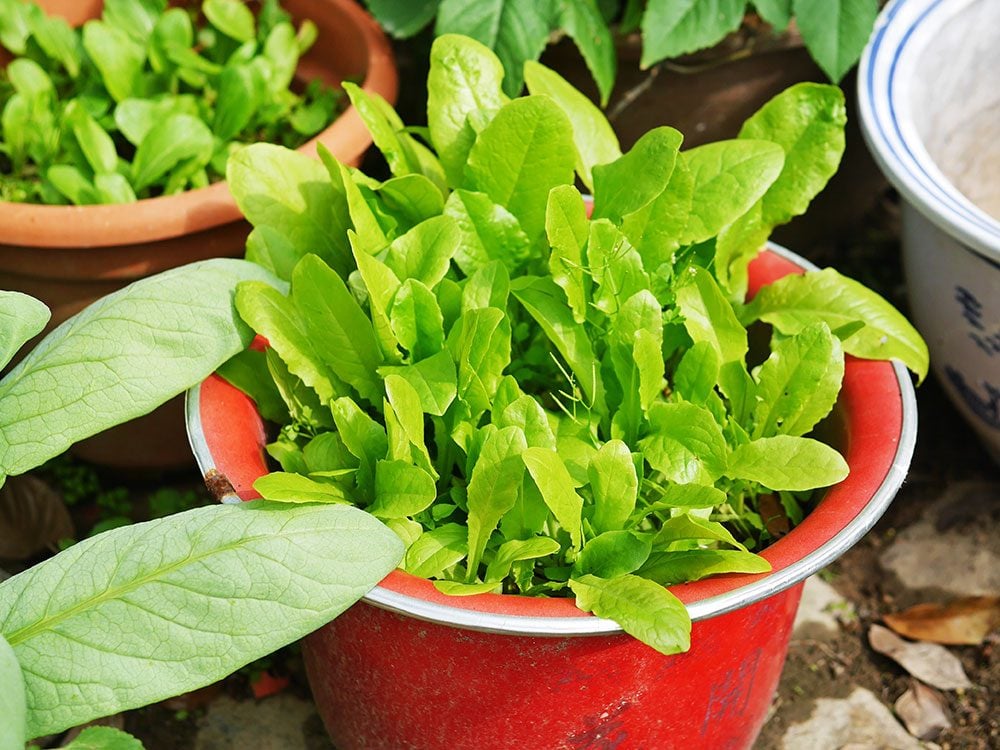
2. Find the right spot
If you have a flood of light coming in through south-facing windows, or an entryway with plenty of sun and room for both a path and plants, you’re in business. Setting up an indoor space with supplemental light is also an option. Rooftops, decks and balconies are great places for a vegetable garden, too. Use walls, fences and hanging gardens to optimize finite space. If your home has limited access to the outdoors, your best bet may be to find a community garden or share the yard of a neighbour, or these five inspired indoor gardening ideas.
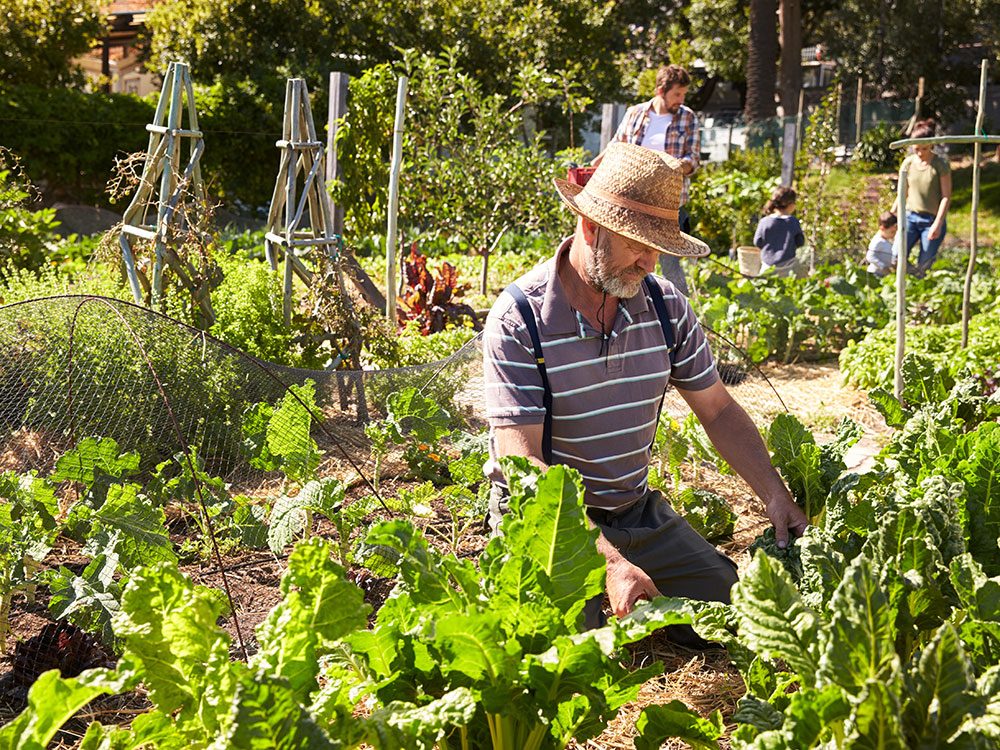
3. Keep an eye on things
Place the vegetable garden where you can see it from a window, in a spot you pass by on a daily basis or in a place you like to be. This immediately shifts the garden experience from burden to lifestyle. Time spent tending to your garden—a few minutes here and there—becomes part of your every day routine.
Would you prefer flowers, perhaps? These are eight of the best annuals for container gardening!
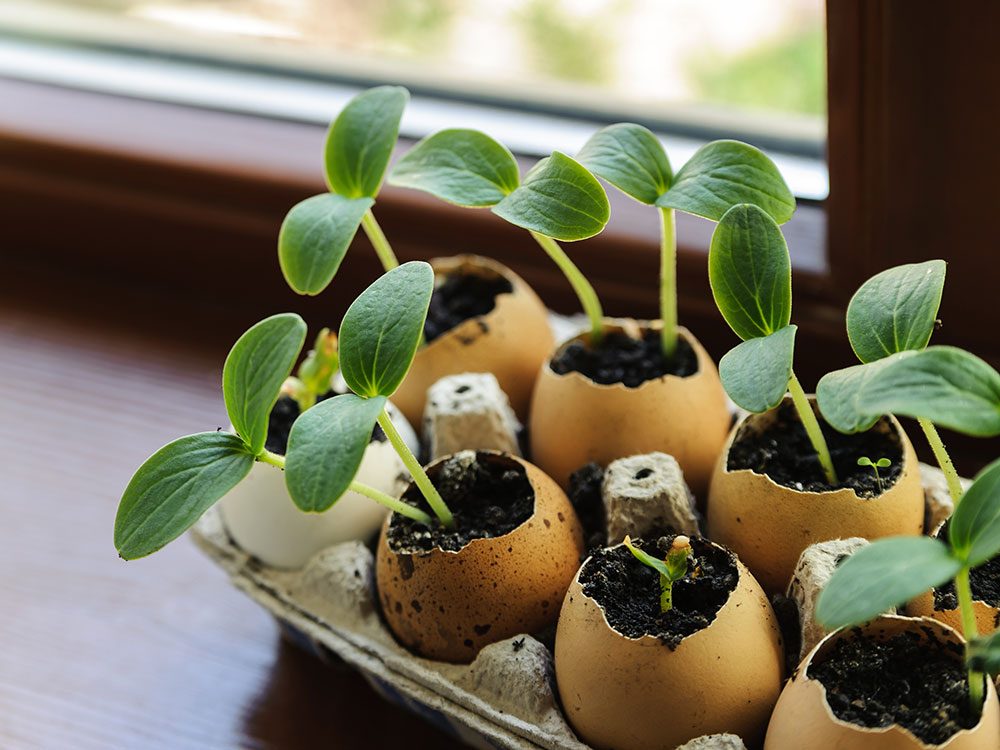
4. Start small
Raised beds, troughs and potted stairway gardens help focus your attention and manage your time. At this scale, you can easily see where to weed and what needs to be watered.
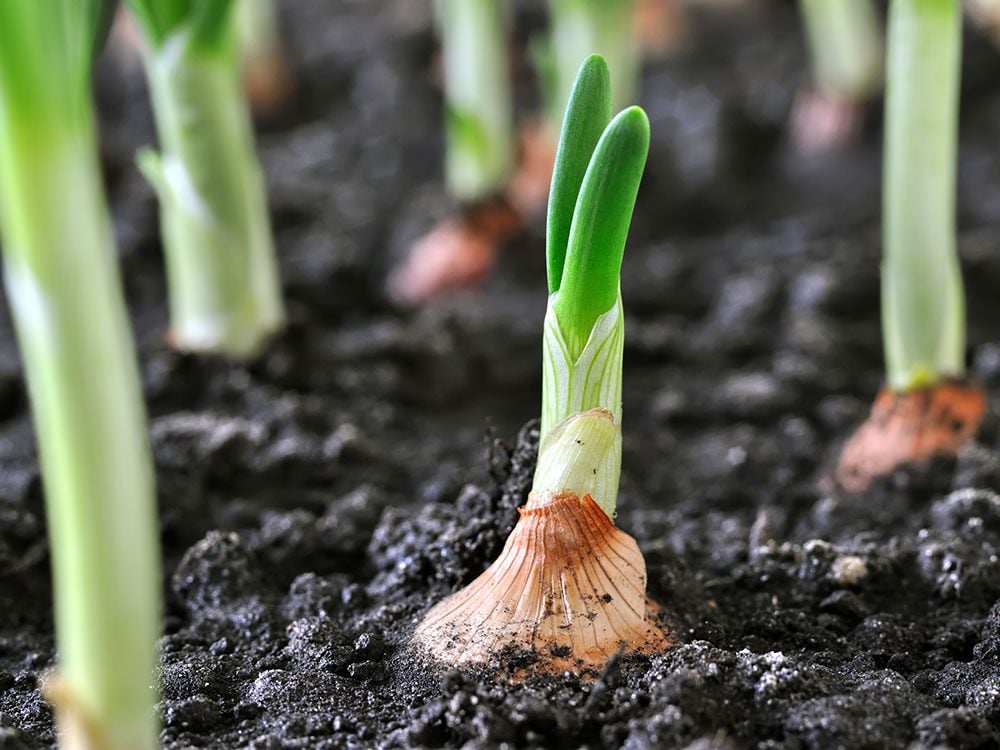
5. Grow what you love
Find the things that make you happy—plants you enjoy cooking with or simply looking at. Make sure they work in your climate.
Check out these tips for growing successful seedlings!
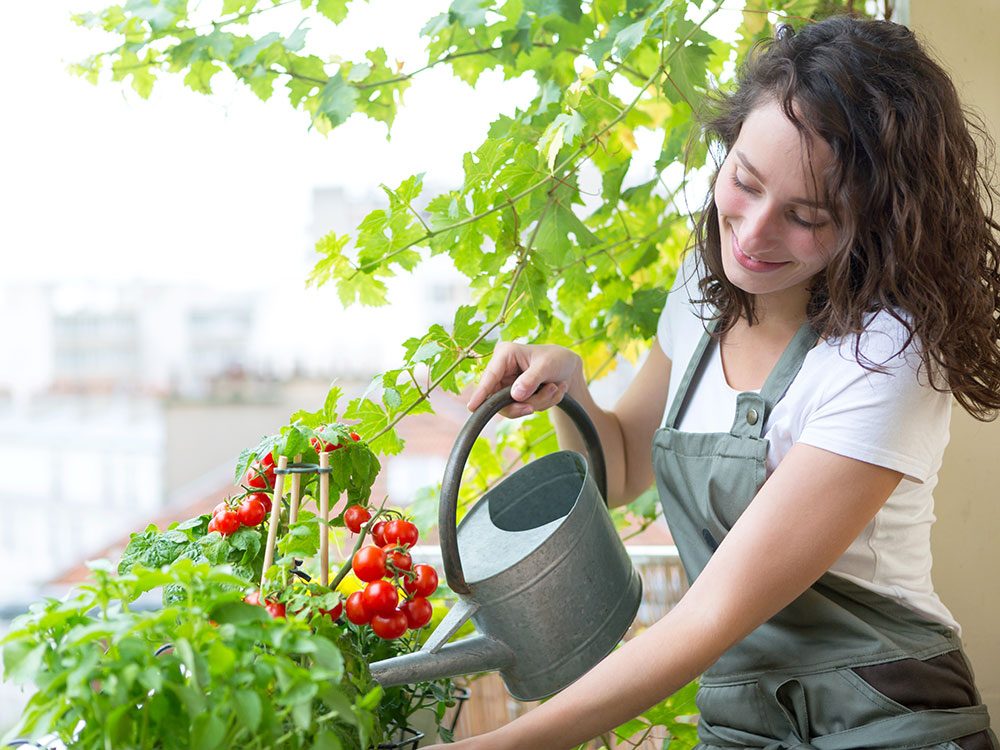
6. Set yourself up for success
Many plants need shelter from wind and animals. Take notice of who might be out to eat your garden before you do, and pinpoint your sunniest locations. A vegetable garden usually requires full sun (six to eight hours of direct light).
Check out these helpful hints for urban gardeners.
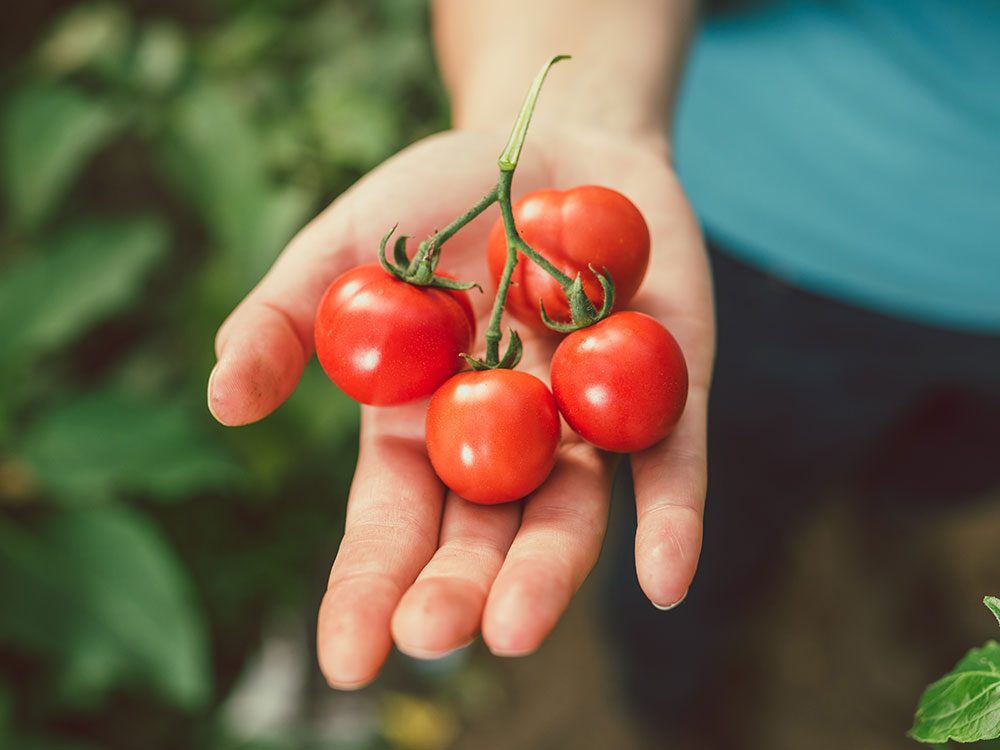
7. Get watering right
Soil-level watering helps prevent disease and conserve water. A well-planned drip or soaker hose system with an irrigation timer takes the worry out of gardening and reduces your time commitment. There are simple setups that connect to a spigot and can be run along patios, and more elaborate systems for larger gardens. Nanny pots are perfect for small containers that would otherwise be watered by hand. If you’re away for a long weekend or simply want to guarantee your plants are getting the water they need, fill a bottle with water, flip it over and push the open end into the soil. The soil will seal the opening, and water will flow from the bottle as the soil dries out.
Want to grow your own natural medicine cabinet? Here are eight medicinal plants you can grow at home!
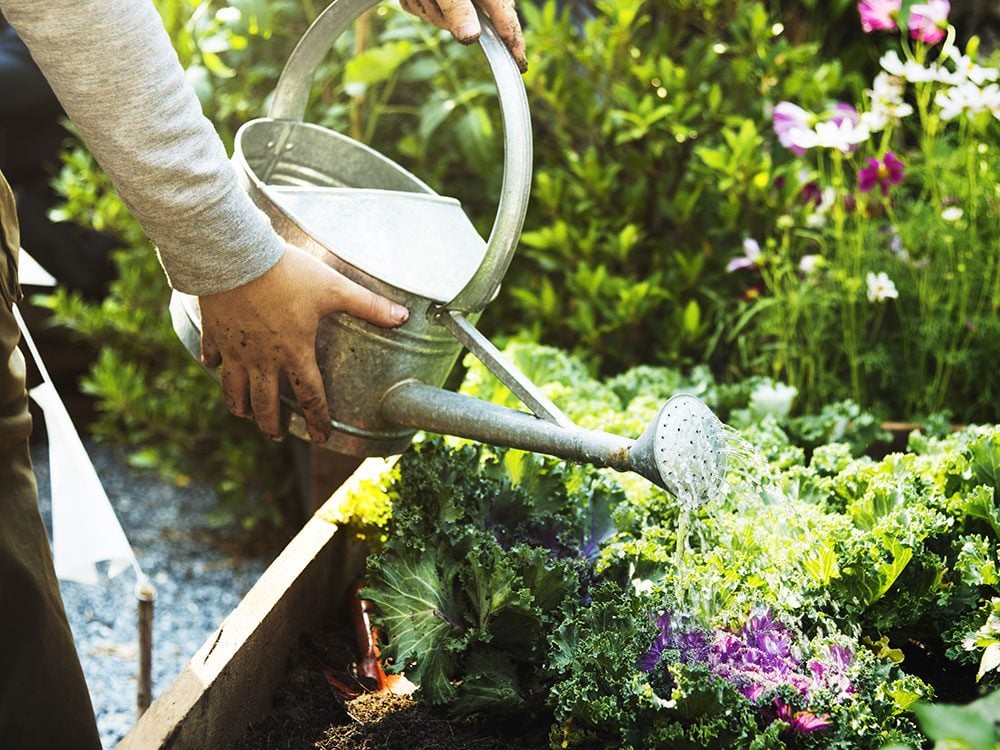
8. Take a cue from Mother Nature
In the wild, water runs downhill. So too should water in your garden. Make sure planters and garden beds have adequate drainage. Tend your soil, adding organic matter to make a healthy home for beneficial soil microbes and decomposers. And plant in polycultures—meaning, grow multiple crops in the same place. Diversity will minimize problems with pests and attract pollinators to your garden.
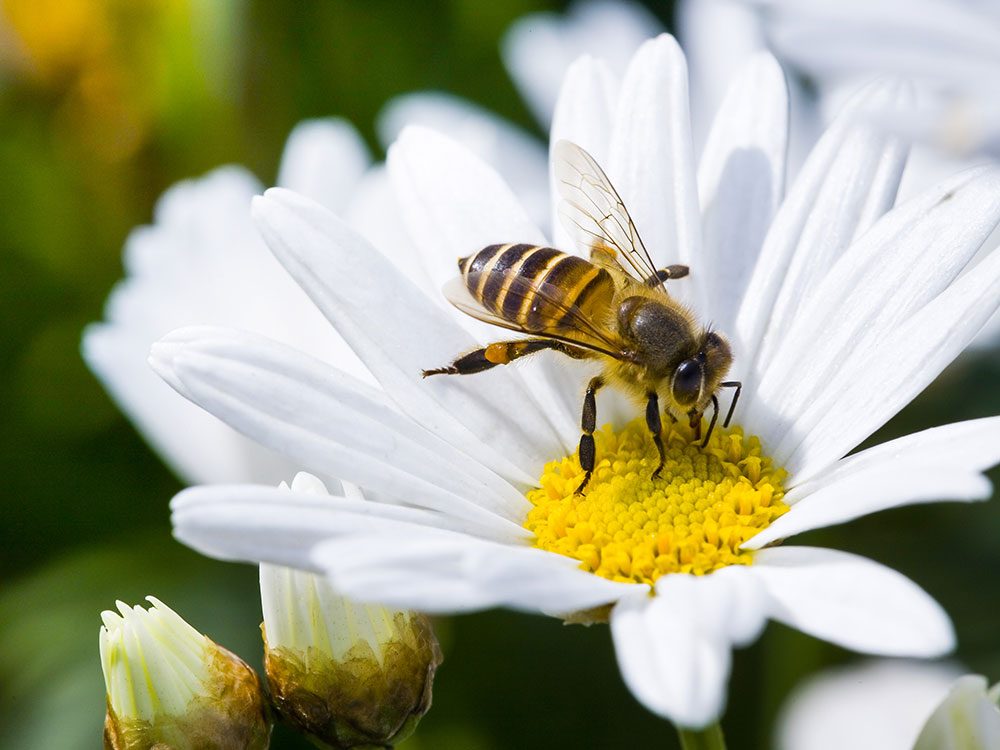
9. If it ain’t broke, don’t fix it
When a plant looks happy, it probably is, and further watering or fertilizing won’t make it happier. In fact, the opposite may occur.
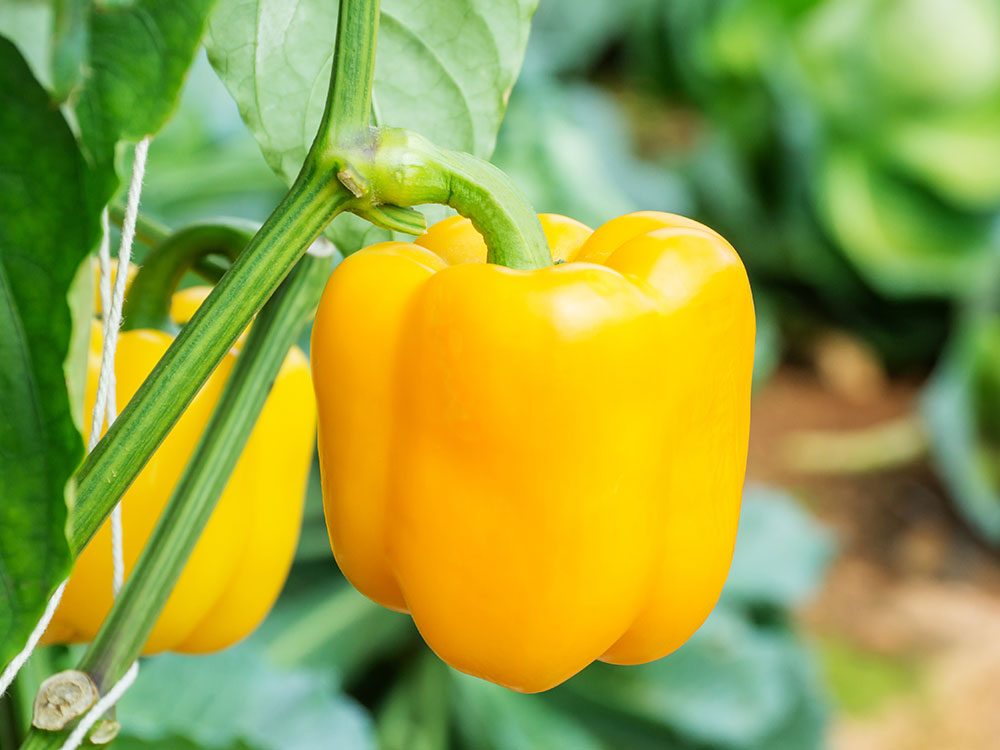
10. Let go of perfect
Expect one-hit wonders, consistent winners and losing battles. Don’t wait for everything to be just so to start planting—embrace the fact that gardens are the definition of change. Some plants thrive while others die; you and your garden will evolve together.
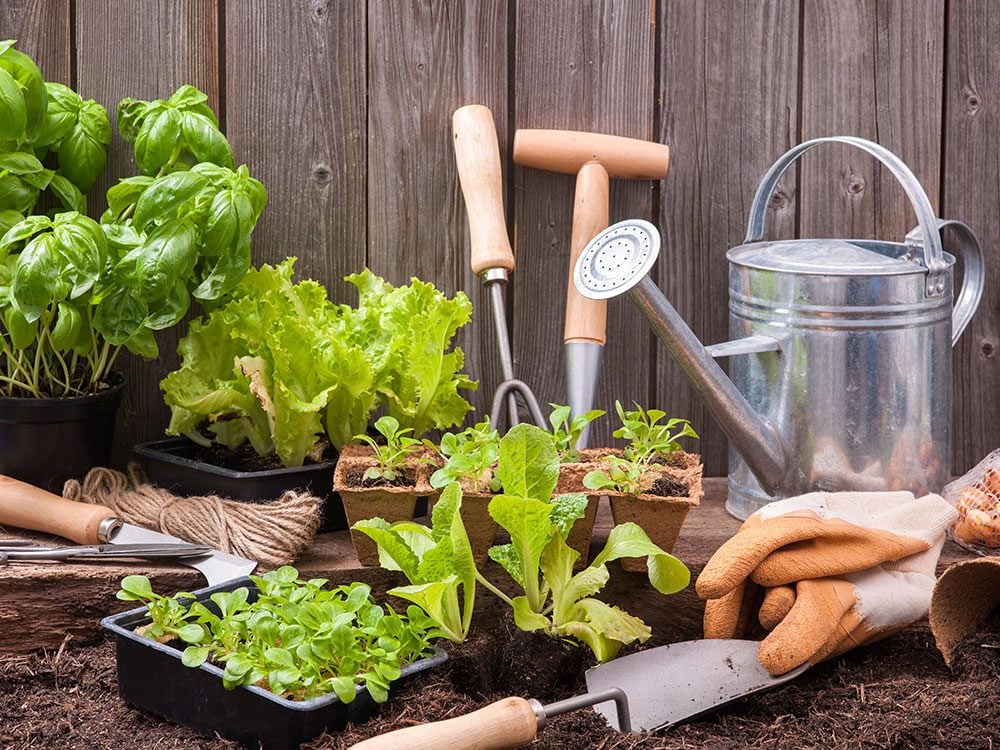
BY EMILY MURPHY, FROM GROW WHAT YOU LOVE
All photo credits given to SHUTTERSTOCK
















